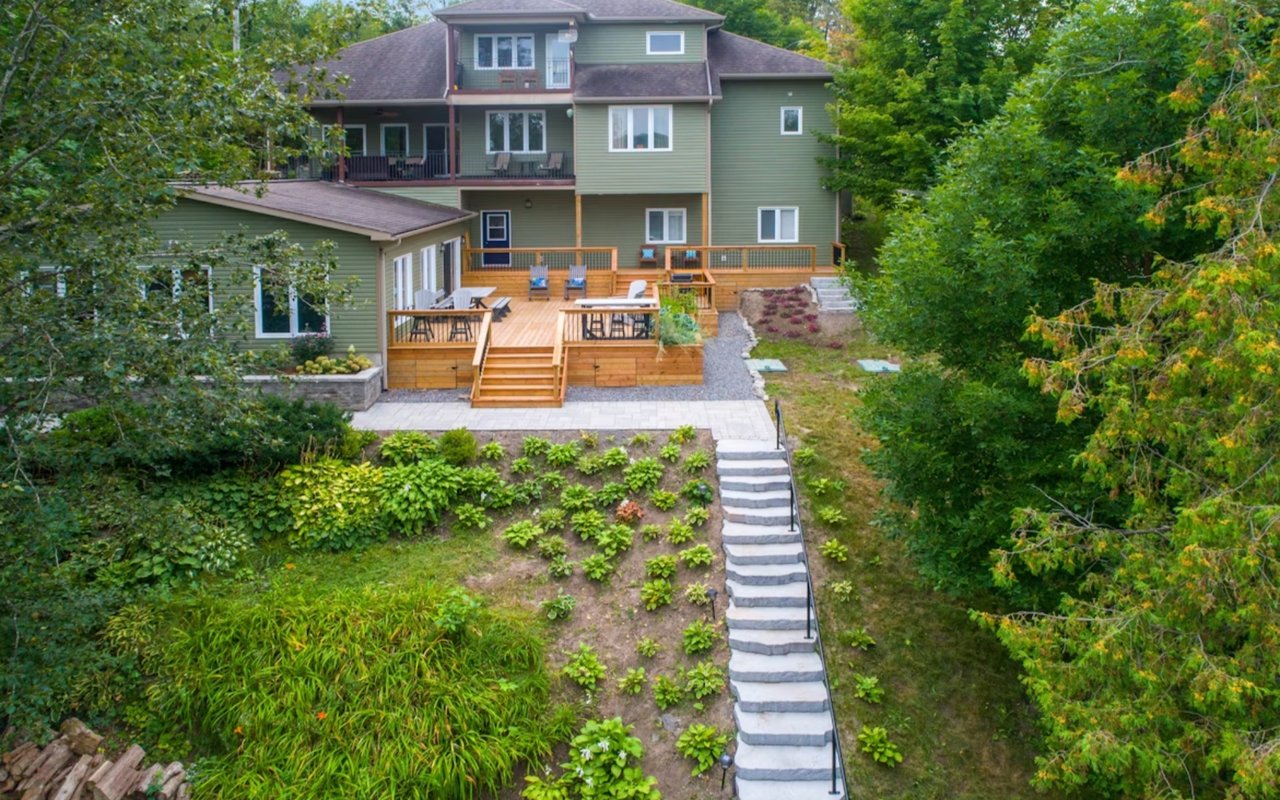Homeowners insurance is an essential aspect of owning a home, providing a layer of protection that can offer peace of mind. Understanding what this type of insurance covers is crucial for any homeowner, whether you're purchasing a new policy or reviewing an existing one. Homeowners insurance is designed to protect against various risks and potential damages, ensuring that your investment is safeguarded. If you’re planning to purchase a property, you’ll want to understand the key components of homeowners insurance and coverage options available to make informed decisions.
Types of Coverage Included
Dwelling Coverage
Dwelling coverage is a fundamental component of homeowners insurance, designed to protect the physical structure of your home. This includes the walls, roof, floors, and built-in appliances. In the event of damage from covered perils such as fire, windstorms, or vandalism, dwelling coverage helps pay for repairs or rebuilding costs. It's important to ensure that your dwelling coverage limits are sufficient to cover the full replacement cost of your home, rather than its market value, which may fluctuate over time.
In addition to the main dwelling, homeowners insurance typically includes coverage for other structures on your property. This can include detached garages, sheds, fences, and guest houses. Like dwelling coverage, other structures coverage protects against damage from covered perils. When evaluating your policy, consider the value of these additional structures and ensure your coverage limits are adequate to cover potential repair or replacement costs.
In addition to the main dwelling, homeowners insurance typically includes coverage for other structures on your property. This can include detached garages, sheds, fences, and guest houses. Like dwelling coverage, other structures coverage protects against damage from covered perils. When evaluating your policy, consider the value of these additional structures and ensure your coverage limits are adequate to cover potential repair or replacement costs.
Personal Property Coverage
Personal property coverage is an essential part of homeowners insurance, protecting the contents of your home. This includes furniture, electronics, clothing, and other personal belongings. If these items are damaged, destroyed, or stolen due to a covered peril, personal property coverage helps reimburse you for their value. It's important to take an inventory of your belongings and assess their value to ensure your coverage limits are appropriate. Some high-value items, such as jewelry or art, may require additional coverage through endorsements or riders.
Loss of Use Coverage
Loss of use coverage, also known as additional living expenses, provides financial assistance if your home becomes uninhabitable due to a covered peril. This coverage helps pay for temporary living expenses, such as hotel stays, restaurant meals, and transportation costs, while your home is being repaired or rebuilt. Understanding the limits and duration of loss of use coverage in your policy can help you plan for unexpected situations where you may need to temporarily relocate.
Liability Coverage
Liability coverage is a crucial aspect of homeowners insurance, protecting you against legal and financial responsibility if someone is injured on your property or if you accidentally cause damage to someone else's property. This coverage can help pay for medical expenses, legal fees, and any settlements or judgments against you. Evaluating your liability coverage limits is important, as higher limits can provide greater protection in the event of a lawsuit.
Medical Payments Coverage
Medical payments coverage is a component of homeowners insurance that provides coverage for minor injuries that occur on your property, regardless of fault. This coverage can help pay for medical expenses such as doctor visits, hospital stays, or ambulance fees. Medical payments coverage is typically limited to smaller amounts, but it can be a valuable addition to your policy, offering a way to address minor incidents without the need for legal action.
Coverage for Natural Disasters
While homeowners insurance covers many types of damage, it's important to understand that certain natural disasters may not be included in a standard policy. For example, damage from floods or earthquakes often requires separate policies or endorsements. If you live in an area prone to these types of events, consider purchasing additional coverage to protect your home and belongings. Reviewing your policy and discussing your needs with an insurance professional can help ensure you have the right protection in place.
Coverage for Theft and Vandalism
Homeowners insurance typically includes coverage for theft and vandalism, protecting your home and personal belongings from these types of incidents. If your home is broken into or vandalized, this coverage can help pay for repairs and replace stolen items. It's important to report any theft or vandalism to the authorities and your insurance provider promptly to ensure your claim is processed efficiently.
Understanding Policy Exclusions
While homeowners insurance offers broad protection, it's essential to be aware of policy exclusions—specific situations or types of damage that are not covered. Common exclusions may include wear and tear, maintenance issues, or damage from pests. Understanding these exclusions can help you take proactive steps to maintain your home and prevent issues that may not be covered by your policy.
Reviewing and Updating Your Policy
Regularly reviewing and updating your homeowners insurance policy is a crucial step in ensuring you have the right coverage. As your home and personal circumstances change, your insurance needs may also evolve. Consider conducting an annual review of your policy, taking into account any home improvements, changes in property value, or new personal belongings. Consulting with an insurance professional can provide valuable insights and help you make informed decisions about your coverage.
Understanding Your Homeowners Insurance
Protecting your home is just as important as finding the perfect one. While understanding homeowners insurance is a great first step, having the right guidance when buying or selling a property can make all the difference. If you’re looking to secure your dream home or want expert advice on navigating the Camano Island real estate market, reach out to Julie Love today. She’s here to help you make confident, well-informed decisions about your most valuable investment.
*Header image courtesy of Unsplash
*Header image courtesy of Unsplash



